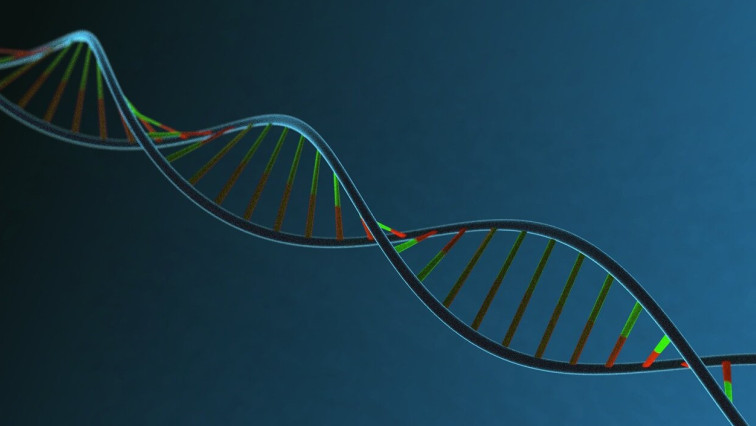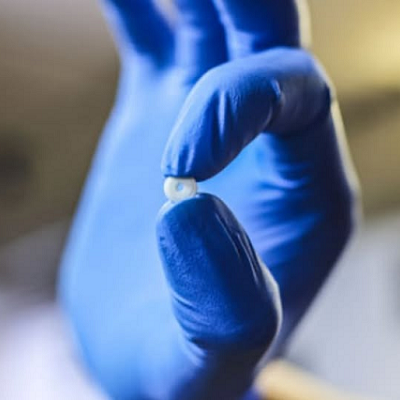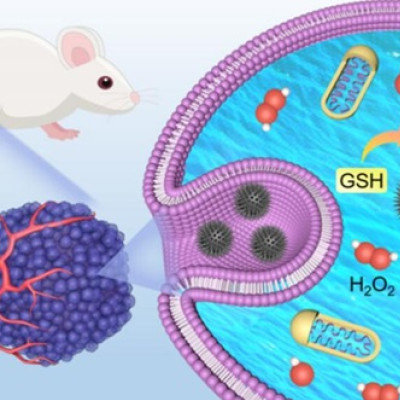Scientists from the Suzhou Institute of Biomedical Engineering and Technology (SIBET) of the Chinese Academy of Sciences (CAS) have developed a new type of linear hybridization chain reaction, which couples magnetic nanoparticles and silver nanoparticles for highly sensitive and selective analysis of target nucleic acids.
Fe3O4 nanoparticles were firstly prepared for rapid magnetic separation and gold nanoparticles were formed on the surface for the immobilization of DNA strands. "Due to the huge specific area, a large number of DNA probe A can be immobilized," said MIAO Peng, leading researcher of the study at SIBET.
This probe contains four functional regions, among which two are complementary to the target miRNA.
After the introduction of DSN, DNA/RNA duplexes formed, and the digestion reactions released target miRNA strands for recycled reactions, and created single-stranded Probe B and C to further act on the DNA triangular prism structure at the electrode surface.
On the other hand, triangular prism structured 3D DNA (TPDNA) was assembled at the electrode surface as the recognition layer. TPDNA showed geometrical rigid structure, which provides suitable sites to capture probes B and C.
The localized strands offer two single-strand regions, which were used to capture the fuel strands of H1, H2, H3 and H4. A long ladder-like DNA structure was formed which possesses multiple amino groups for immobilizing silver nanoparticles as strong electrochemical probes.
After measuring the silver stripping peak intensity, the initial target miRNA level can be evaluated. The nanomaterials involved in this work were fully characterized, and the corresponding reactions have been verified by polyacrylamide gel electrophoresis and electrochemical techniques. Under optimized experimental conditions, the detection limit of 5×10-18 mol/L can be achieved with good sequence selectivity.
Satisfactory results have been obtained in actual clinical sample assays, according to MIAO.
Read the original article on Chinese Academy of Sciences (CAS).







